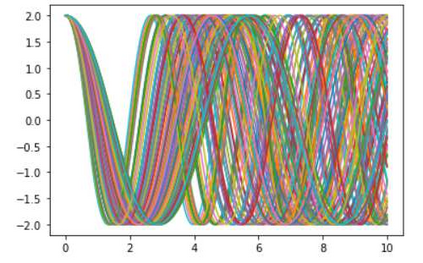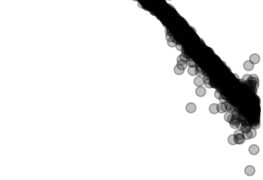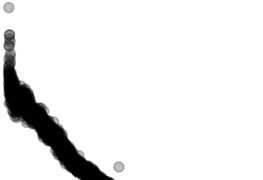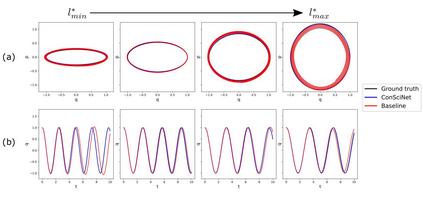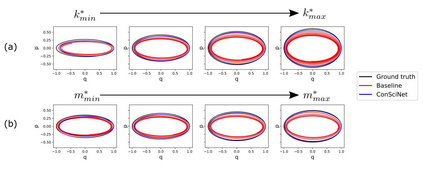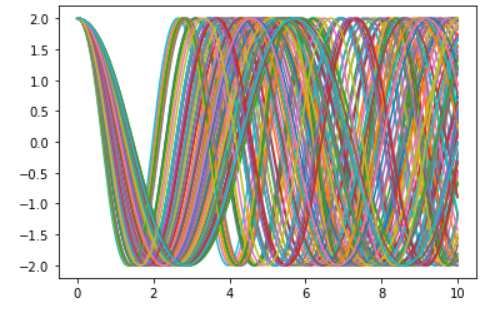Given an unknown dynamic system such as a coupled harmonic oscillator with $n$ springs and point masses. We are often interested in gaining insights into its physical parameters, i.e. stiffnesses and masses, by observing trajectories of motion. How do we achieve this from video frames or time-series data and without the knowledge of the dynamics model? We present a neural framework for estimating physical parameters in a manner consistent with the underlying physics. The neural framework uses a deep latent variable model to disentangle the system physical parameters from canonical coordinate observations. It then returns a Hamiltonian parameterization that generalizes well with respect to the discovered physical parameters. We tested our framework with simple harmonic oscillators, $n=1$, and noisy observations and show that it discovers the underlying system parameters and generalizes well with respect to these discovered parameters. Our model also extrapolates the dynamics of the system beyond the training interval and outperforms a non-physically constrained baseline model. Our source code and datasets can be found at this URL: https://github.com/gbarber94/ConSciNet.
翻译:鉴于一个未知的动态系统,例如一个伴有美元弹簧和点质量的调和振荡器,我们往往有兴趣通过观察运动轨迹来了解其物理参数,即硬度和质量。我们如何通过视频框架或时间序列数据实现这一点,而没有动态模型的知识?我们提出了一个神经框架,以与基础物理学相一致的方式估算物理参数。神经框架使用深潜变异模型将系统物理参数从胆固坐标观测中分解出来。然后返回一个汉密尔顿参数,该参数对发现的物理参数进行概括化。我们用简单的振荡器($=1美元)和吵闹的观测测试了我们的框架,并表明它发现了基本系统参数,并对这些发现的参数进行了总体化。我们的模型还外推了培训间隔以外的系统动态,并超越了一个非物理约束的基线模型。我们的源码和数据集可以在这个 URL: https://github.com/gbar94/Conform上找到。

